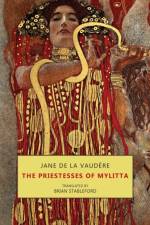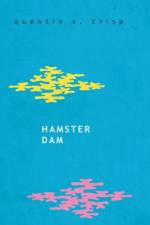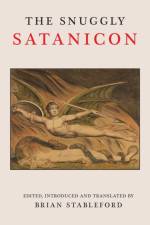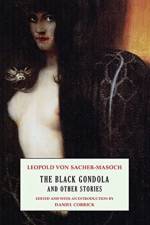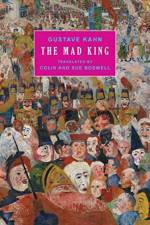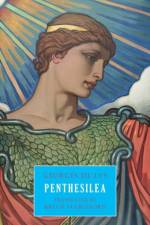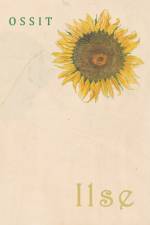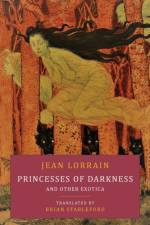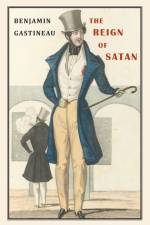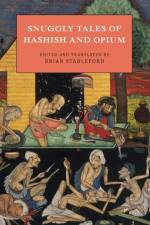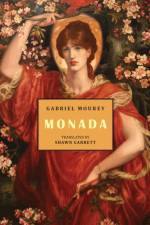av Lucie Delarue-Mardrus
241
Amanit, is one of the most distinctive works that the highly distinctive Lucie Delarue-Mardrus ever produced, written in 1929, when the author was fifty-four years old, and her meteoric career as a "professional beauty" was far behind her. Here presented in English for the first time, in a translation by Brian Stableford, the novel features the extremely striking, and extremely mysterious, Princess Antigone Antinides, a woman like no other, who, together with the other two principal characters, the scholar Charles-Étienne and the enigmatic Geneviève, engages on an Egyptological adventure of great artistry and sustained suspense. Kaleidoscopic in nature, Amanit is a devil's advocate of a book, which deliberately posits that, however unlikely it might be, true love must be possible, and asks the further question: if it were possible, what would it look like? And it is the hypothetical answer that the story-line provides that makes the story truly bizarre.In addition to the main novel, the current volume also contains two earlier short stories, also previously untranslated, featuring other manifestations of Amanit, thus deepening the reader's insight into the evolution of the principal novel.


